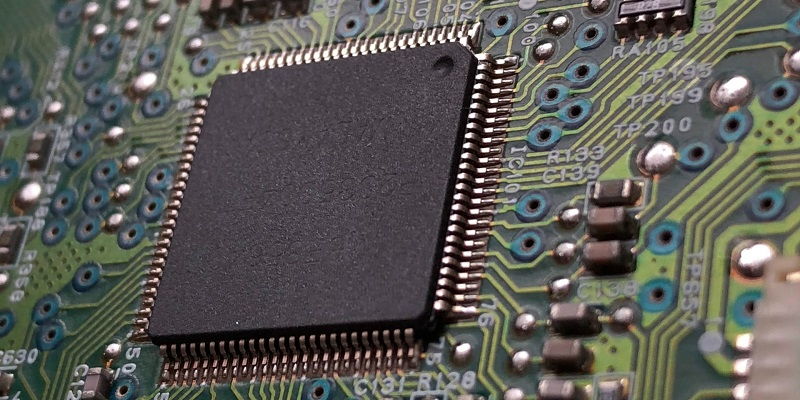In a recent interview with PCWorld, Intel’s Executive Vice President and General Manager of the Client Computing Group confirmed that Meteor Lake CPUs will indeed make their way to the desktop platform in 2024. This announcement comes as a relief amidst rampant rumors and leaks suggesting the cancellation of the Meteor Lake CPU family. In this article, we will delve into the details surrounding Intel’s confirmation, the significance of this news, Intel’s next-gen CPU platform, the anticipated mobile launch, expectations for the desktop parts, and the improvements in architectures and graphics.
Intel’s Confirmation
Intel’s Executive Vice President confirmed the arrival of Meteor Lake CPUs in a 2024 interview. When specifically asked about the prospects of a Meteor Lake desktop, the response was a resounding confirmation: “Desktop will come in 2024.” This confirmation directly contradicts the rumors and leaks that hinted at the potential cancellation of the Meteor Lake CPU family.
Significance of the Confirmation
The confirmation of the Meteor Lake CPU lineup coming to desktop PCs is indeed a significant development for Intel’s Client Computing Group (CCG). It signifies not only Intel’s dedication to bringing its next-generation CPUs to market but also addresses concerns among consumers and industry insiders who were skeptical about the fate of the highly anticipated Meteor Lake CPUs. Coupled with the company’s commitment to delivering improved performance and efficiency, this news comes as a boost for Intel’s reputation in the CPU market.
Intel’s Next-Gen CPU Platform
The confirmation of Meteor Lake CPUs for desktop platforms also sheds light on Intel’s plans for their next-gen CPU platform rollout in 2024. With the indication that there may be two distinct product lineups in the works, Intel is positioning itself for a comprehensive release. The specifics of these product lineups and their respective configurations remain unknown, but it hints at a potential diversification of CPU offerings catering to various consumer needs and use cases.
Mobile Launch of Meteor Lake CPUs
Prior to the desktop release, Intel is set to launch the 1st Gen Core Ultra Meteor Lake CPUs for mobile platforms, starting on December 14th, as revealed in recent laptop announcements. This mobile launch signals Intel’s commitment to delivering high-performance CPUs for laptops and other portable devices. The successful mobile launch will likely set the stage for the subsequent release of Meteor Lake CPUs on desktop platforms.
Expectations for the Desktop Parts
With the mobile launch scheduled, industry enthusiasts and consumers eagerly anticipate the unveiling of the new desktop parts, which might take place at CES 2024. This highly anticipated event, which occurs less than a month after the mobile launch, will likely showcase the capabilities and features of the Meteor Lake CPUs designed for desktop PCs. The unveiling will provide a deeper understanding of the performance improvements, architectural enhancements, and graphics advancements offered by these CPUs.
Architectural and Graphics Improvements
Meteor Lake CPUs are expected to introduce new P-Core (Redwood Cove) and E-Core (Crestmont) architectures, aiming to enhance performance, power efficiency, and overall user experience. These new architectures hold promise for substantial improvements in CPU capabilities, allowing for better multitasking, faster execution of complex tasks, and smoother overall system performance. Furthermore, the inclusion of new Arc Xe-LPG graphics introduces a paradigm shift in the integrated GPU segment, potentially unlocking new possibilities for gaming, content creation, and other graphics-intensive applications.
Intel’s confirmation of the Meteor Lake CPUs coming to desktop platforms in 2024 has put an end to the swirling rumors and uncertainty surrounding its release. This news instills confidence in Intel’s commitment to innovation and delivering next-gen CPUs. With the mobile launch impending and the anticipation for the desktop release building, the CPU market eagerly awaits the unveiling of the Meteor Lake CPUs. As the new architectures and graphics improvements come into play, Intel aims to offer users enhanced performance, energy efficiency, and groundbreaking integrated graphics capabilities. The year 2024 holds the promise of a transformative lineup of CPUs from Intel, and the industry eagerly awaits their arrival.

